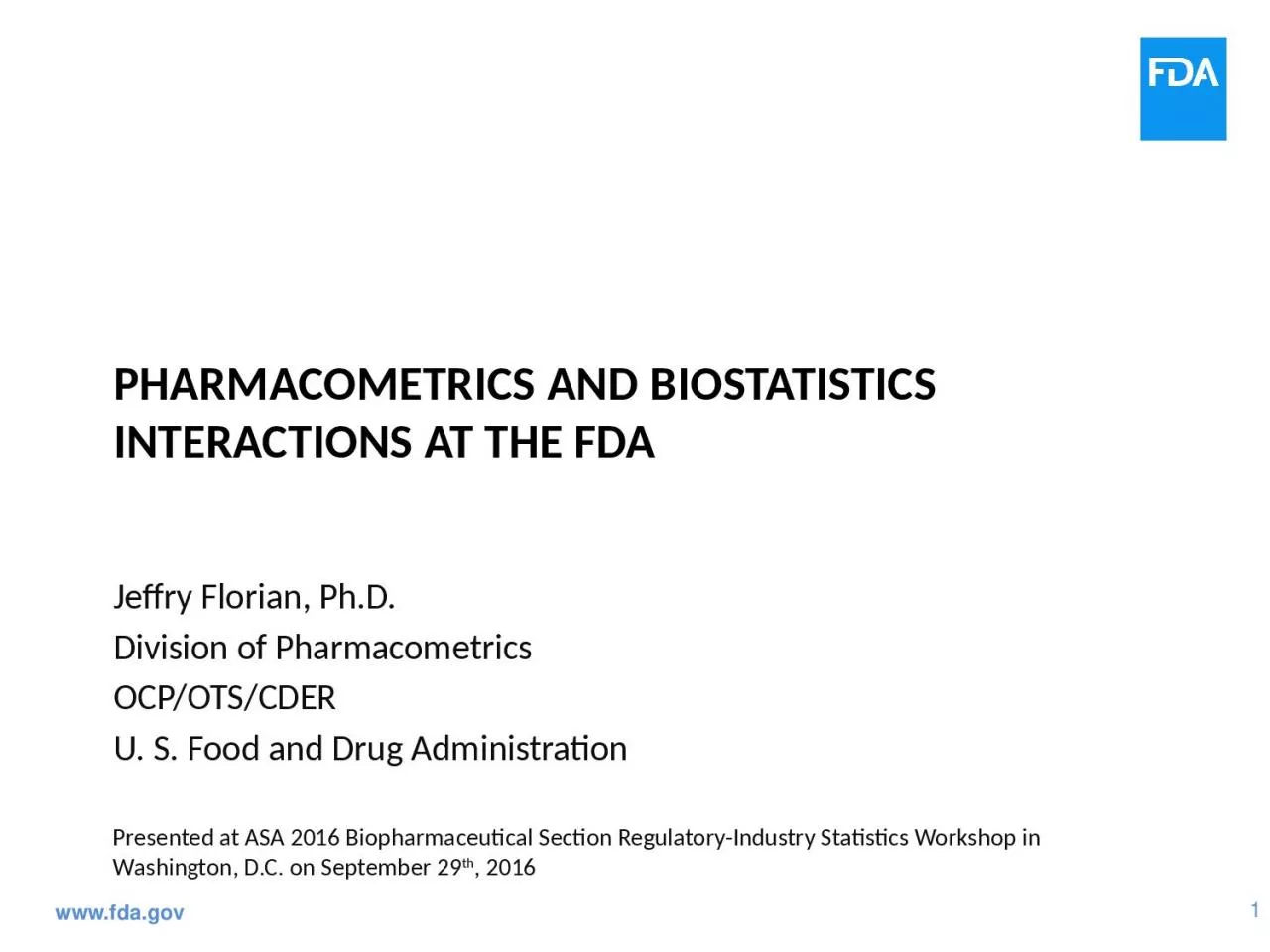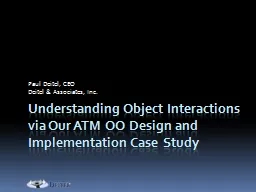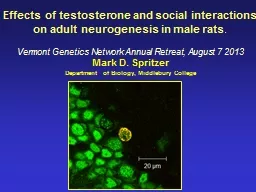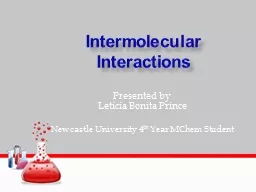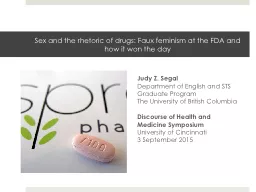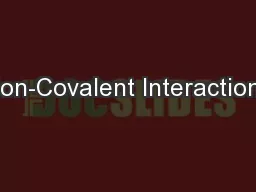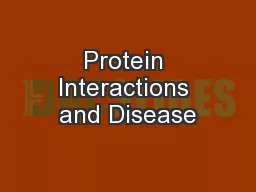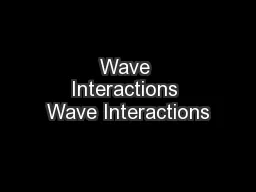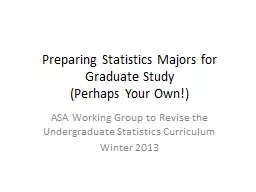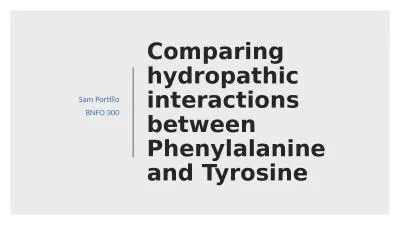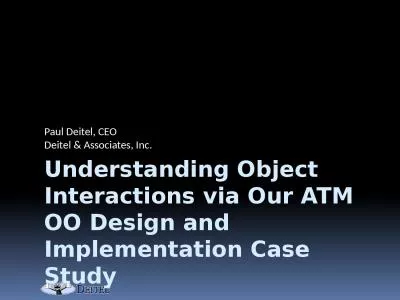PPT-Pharmacometrics and Biostatistics Interactions at the FDA
Author : byrne | Published Date : 2024-03-15
Jeffry Florian PhD Division of Pharmacometrics OCPOTSCDER U S Food and Drug Administration wwwfdagov Presented at ASA 2016 Biopharmaceutical Section RegulatoryIndustry
Presentation Embed Code
Download Presentation
Download Presentation The PPT/PDF document "Pharmacometrics and Biostatistics Intera..." is the property of its rightful owner. Permission is granted to download and print the materials on this website for personal, non-commercial use only, and to display it on your personal computer provided you do not modify the materials and that you retain all copyright notices contained in the materials. By downloading content from our website, you accept the terms of this agreement.
Pharmacometrics and Biostatistics Interactions at the FDA: Transcript
Download Rules Of Document
"Pharmacometrics and Biostatistics Interactions at the FDA"The content belongs to its owner. You may download and print it for personal use, without modification, and keep all copyright notices. By downloading, you agree to these terms.
Related Documents

